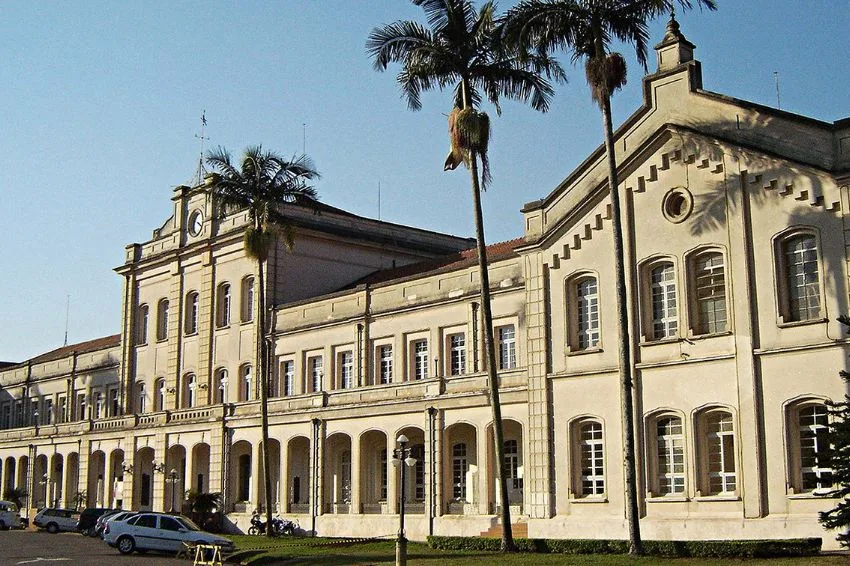O Brazil ended the month of April with stability in electric power consumption, with 65,265 average MW – a volume similar to that recorded in the same period of 2022, according to a new bulletin released by CCEE (Electricity Trading Chamber).
Of this total, 24,214 average MW were used by Free market, which supplies electricity to industry and large companies, such as shopping malls and retail chains. The volume represented a slight increase of 0.4% compared to the same period last year.
The rest 41,051 average MW were directed to regulated market, in which there are residences and small businesses, registering a slight drop of 0.2% in the annual comparison.

According to the CCEE, in the case of regulated market, The demand could have been 3.4% higher in April if it weren't for solar panels installed in DG (distributed generation) mode.
This occurs because in this type of system you consumers rely on their own energy production for much of the day and depend less on the SIN (National Interconnected System).
Power generation
According to the CCEE study, the hydroelectric plants provided approximately 53,828 average MW to the electricity grid in April and 1% retreated in the matrix.
Already the thermal generation plants registered a increase of almost 15% due to a greater share of sugarcane biomass plants.
Alternative sources continue to play a significant role in the production of electrical energy. You wind farms delivered 7,002 average MW, despite a decline of 2% in the annual comparison.
In turn, the solar farms generated more than 2,001 average MW in April this year, a volume almost 60% above registered in the same period last year.

At regional assessment, the biggest high due to energy demand were concentrated in Northeast and North regions, influenced by advances in Mercado Livre and temperatures above the average recorded in the same period last year, a scenario that increases the use of refrigeration equipment, such as air conditioning.
Regarding declines, the regions Southeast and Midwest had the lower demand because of the milder climate. Espírito Santo had the biggest drop, of 4.7%, followed by Mato Grosso do Sul (-3.9%) and Rio de Janeiro (-3.8%).
















